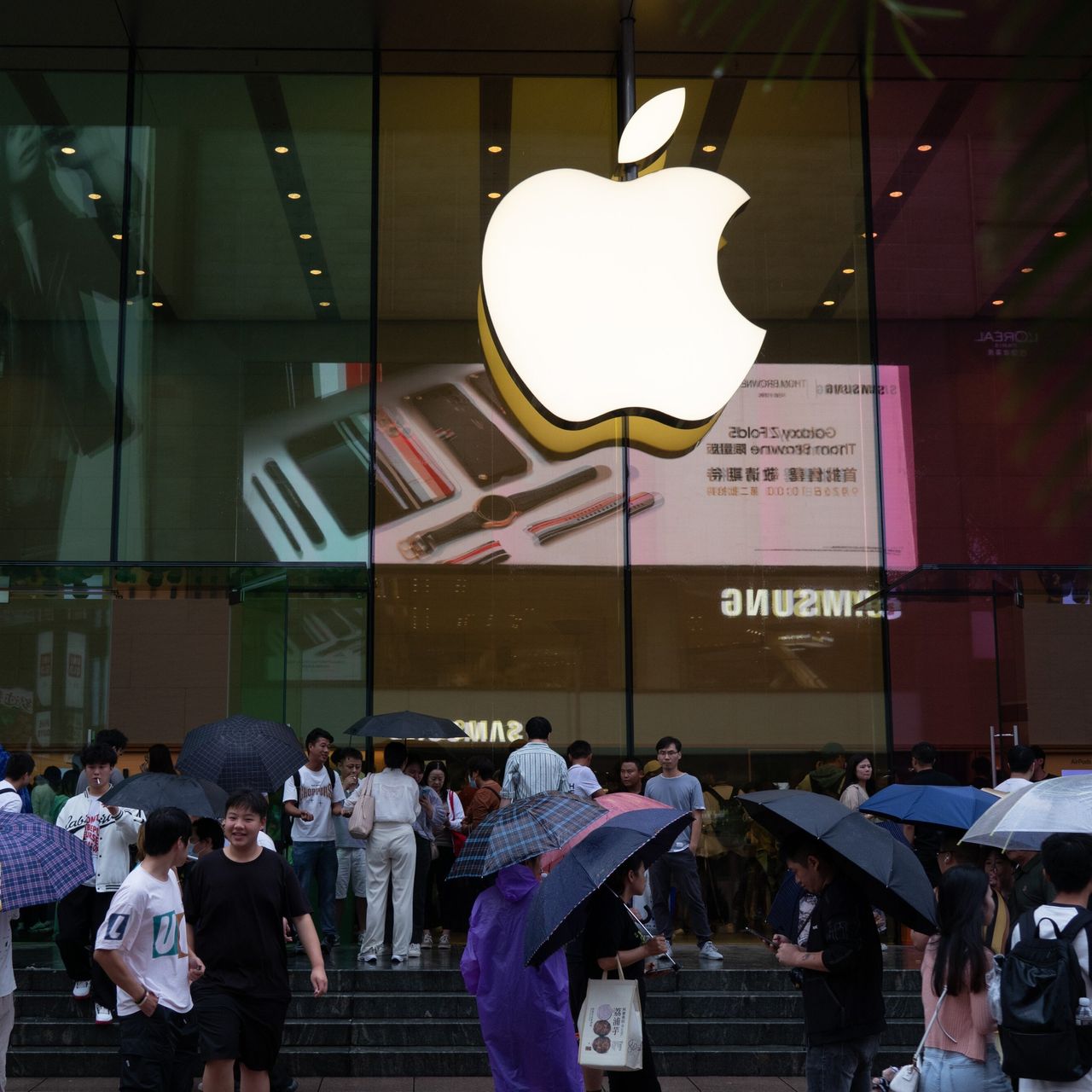Space Traffic Management: AI’s Role in Tracking and Managing Satellites in Earth’s Orbit
Introduction
The rapid growth of the space industry has led to an unprecedented increase in the number of satellites and objects in Earth’s orbit. This expansion has created a complex and congested space environment, raising concerns about the safety and sustainability of activities in space. To address these challenges, space agencies, organizations, and researchers are turning to Artificial Intelligence (AI) to revolutionize space traffic management. In this comprehensive article, we will explore the use of AI in tracking and managing satellites and objects in Earth’s orbit.
The Growing Space Economy
Satellite Revolution
The last decade has witnessed a satellite revolution driven by advancements in technology, reduced launch costs, and increased commercial interest in space. Today, thousands of operational satellites are providing services such as communication, Earth observation, navigation, and scientific research.
Space Debris
Alongside operational satellites, Earth’s orbit is cluttered with space debris, which includes defunct satellites, discarded rocket stages, and fragments from previous missions. This space debris poses a significant risk to operational spacecraft and the sustainability of space activities.
The Need for Space Traffic Management
Collision Avoidance
One of the primary concerns in space traffic management is preventing collisions between operational satellites, spacecraft, and space debris. Collisions can result in the creation of even more debris, potentially triggering a catastrophic chain reaction known as the Kessler syndrome.
Regulatory Compliance
Adherence to international guidelines and regulations for space activities is crucial to promote responsible space behavior and minimize the risk of conflicts and accidents.
Efficient Use of Space Resources
Efficient space traffic management is essential to ensure the optimal use of valuable orbital slots, frequency spectrum resources, and the overall sustainability of space activities.
AI in Space Traffic Management
Object Detection and Tracking
AI algorithms play a central role in tracking and managing objects in Earth’s orbit. They analyze data from various sources, including ground-based radar, telescopes, and space-based sensors, to detect and track satellites and debris.
Collision Prediction and Avoidance
AI-based predictive models continuously assess the trajectories of space objects, identifying potential collision risks and recommending avoidance maneuvers when necessary. These models take into account factors such as orbital dynamics, space weather, and object characteristics.
Space Traffic Coordination
AI systems facilitate coordination and communication between satellite operators, space agencies, and regulatory bodies. They help manage traffic in congested regions of space, issue collision warnings, and ensure that satellites comply with international regulations.
Benefits of AI in Space Traffic Management
Improved Accuracy
AI algorithms enhance the accuracy of object tracking and collision predictions. This increased precision reduces the likelihood of false alarms and unnecessary collision avoidance maneuvers, optimizing satellite operations.
Real-time Monitoring
AI systems provide real-time monitoring of the space environment, enabling rapid responses to emerging threats or anomalies. This real-time capability is crucial for ensuring the safety of satellite missions.
Enhanced Data Fusion
AI algorithms excel at fusing data from multiple sources, such as radar, optical sensors, and radio frequency observations. This comprehensive data fusion creates a detailed and up-to-date picture of the space environment.
Autonomous Decision-Making
AI systems have the potential to make autonomous decisions regarding collision avoidance. By integrating AI into satellite operations, it is possible to reduce the dependency on human intervention, especially during critical moments.
Real-World Applications
Commercial Satellite Operators
SpaceX’s Starlink
Commercial satellite operators like SpaceX, with its Starlink broadband network, leverage AI for tracking and managing large constellations of satellites. AI algorithms assist in collision avoidance and coordination with other space objects.
Government Agencies
United States Space Surveillance Network (SSN)
Government space agencies, such as the United States Space Surveillance Network (SSN), rely on AI-powered systems to track and catalog space objects. These systems issue collision warnings and recommendations to satellite operators.
International Collaboration
International organizations like the United Nations Office for Outer Space Affairs (UNOOSA) play a vital role in facilitating international cooperation and information sharing in space traffic management. AI technologies are instrumental in data exchange and coordination efforts.
Challenges and Future Directions
Space Debris Mitigation
AI can contribute to efforts to reduce the creation of space debris through responsible space practices and the development of end-of-life disposal strategies.
Regulatory Frameworks
The development of international agreements and regulations for space traffic management is essential to ensure safe and sustainable space activities. AI can assist in enforcing and adhering to these regulations.
Space Domain Awareness
AI systems for space domain awareness must continually evolve to address new threats and challenges posed by emerging technologies, including mega-constellations and on-orbit servicing missions.
Data Sharing and Collaboration
Encouraging greater data sharing and collaboration between space agencies, governments, and commercial entities is crucial for effective space traffic management. AI can facilitate the secure exchange of data and information.
Conclusion
Space traffic management has become a critical component of responsible space activities as Earth’s orbit becomes increasingly crowded. AI has proven to be an invaluable tool for tracking and managing satellites, reducing collision risks, and promoting the sustainable use of space. As technology continues to advance, and as space becomes more accessible to a growing number of actors, AI’s role in space traffic management will only become more significant. By safeguarding both our assets in space and the long-term health of the space environment, AI is helping ensure the continued exploration and utilization of space for generations to come.



